(4071 products available)




































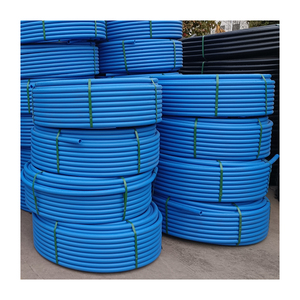








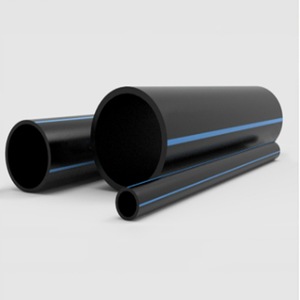




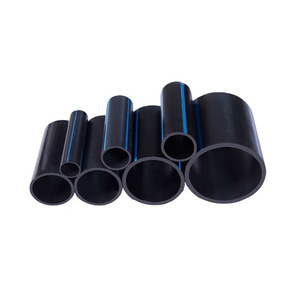
















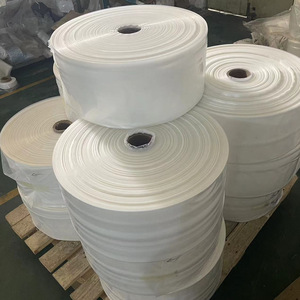










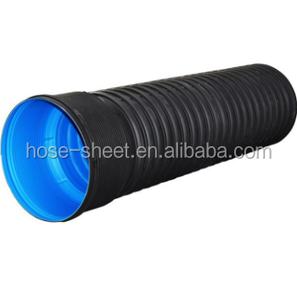









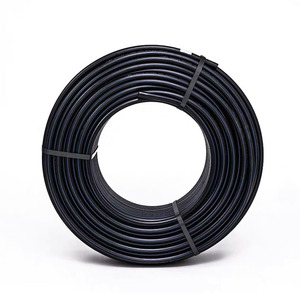

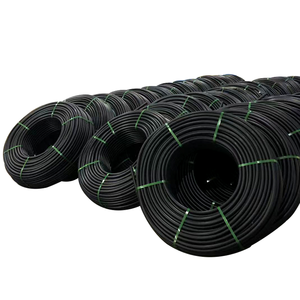

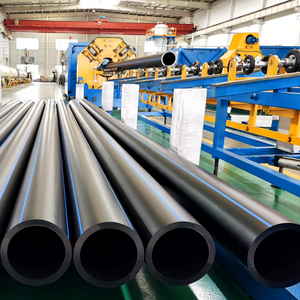
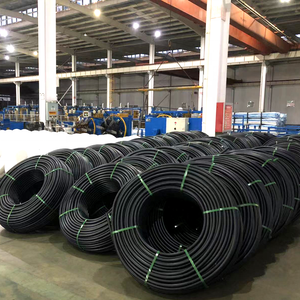

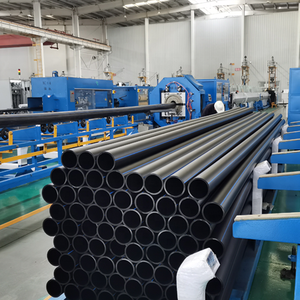


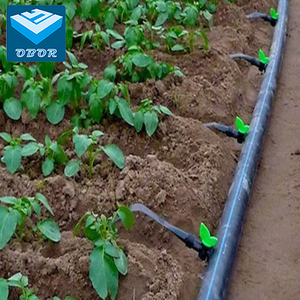


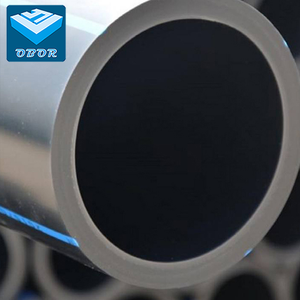





























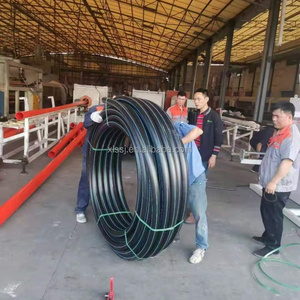

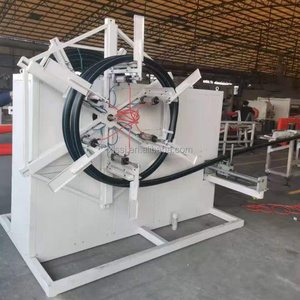










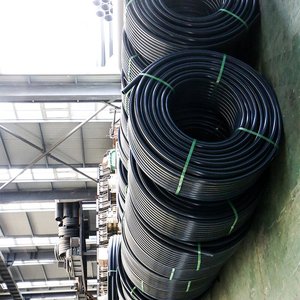








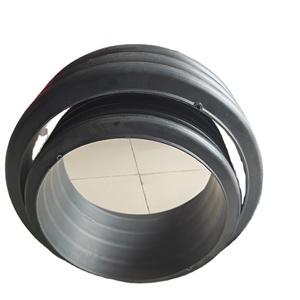
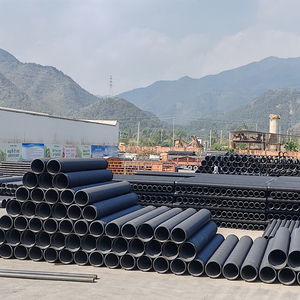















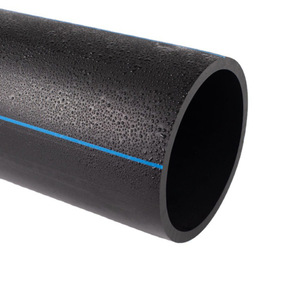
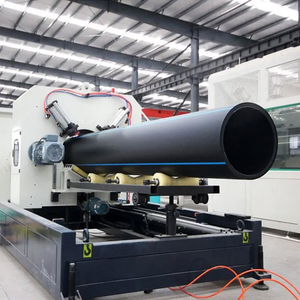
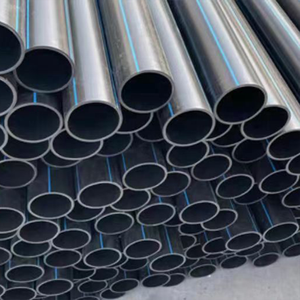





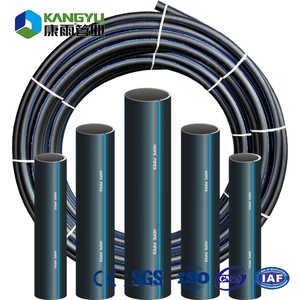






















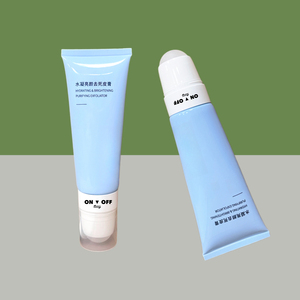


Roll HDPE tubes are cylindrical plastic products made from high-density polyethylene (HDPE) resin. They are rolled up for efficient storage and transportation, which is commonly used in construction, manufacturing, and other industries. These pipes are versatile and durable and come in different types, such as:
Perforated and Non-Perforated Tubes
Perforated and non-perforated tubes are common types of roll hdpe tubes. Perforated tubes have small holes along their length. The slits allow for the infiltration of water into the soil, making them ideal for drainage applications. On the other hand, non-perforated tubes lack openings. They are used when the desired application does not require water to be released. For instance, non-perforated tubes are used to convey fluids.
Spiral Welded and Double Wall HDPE Pipes
Spiral welded tubes are formed by welding the seam in a spiral configuration. This design enhances flexibility and strength, making them suitable for carrying large quantities of fluids. Their flexible design allows them to be used in applications requiring curved pipelines. Double-wall roll HDPE tubes consist of two concentric tubes. The outer wall provides additional strength and impact resistance while the inner wall ensures smooth fluid flow.
Coiled and Straight HDPE Pipes
Coiled tubes are manufactured in a helical shape. They are preferred because of their easy handling and minimal transportation costs. These pipes are commonly used in telecom and electrical industries for cable protection. Straight HDPE pipes have a linear and uniform shape. They require the use of special fittings to ensure smooth connections and transitions.
Butt-Fusion and Electrofusion HDPE Pipes
Butt fusion roll HDPE tubes are joined by heating their ends until molten and then pushing them together. This technique creates a joint with similar strength as the pipe itself. On the other hand, electrofusion tubes have fittings with embedded coils. An electric current is passed through the coils to heat and fuse the pipe ends together. This method is useful in situations where traditional butt fusion is not feasible.
Roll HDPE tubes are used in various applications. These applications include:
Irrigation
Roll HDPE tubes are used for agricultural irrigation. They ensure that water is distributed efficiently to crops. These tubes are also used in sprinkler systems.
Drainage systems
These tubes are used to construct culverts and ditches. They help to control water runoff in order to prevent flooding. They are also used in stormwater management systems.
Electrical and telecommunications wiring
These tubes are used as conduit for the protection and organization of electrical wiring. They are also used in telecommunication networks to install optic fiber cables.
Construction and infrastructure
Roll HDPE tubes are used in water supply systems. They are also used in sewage and wastewater management.
These tubes are used to transfer liquids and gases in a safe manner. They are resistant to corrosive chemicals.
These tubes are used in road and railway construction. They provide structural support and enhance the integrity of the project.
Mining and drilling
Roll HDPE tubes are used in the transportation of slurries and water in the mining industry. They are also used in the transportation of liquids and solids in a safe manner.
Drainage
These tubes are used to drain water from construction sites. They help to prevent water accumulation and ensure a dry site. This prevents structural damage.
These tubes are used in agricultural applications. They help to drain water off agricultural lands and prevent water logging.
Fluid transfer
These tubes are used in industrial applications. They are used to transfer chemicals and water in a safe manner.
These tubes are used in maritime applications. They are used to transfer water and fuel in ships and boats.
Roll HDPE tubes have various features. They include:
Roll HDPE tubes are widely used in various industries and applications due to their durability, flexibility, and lightweight properties. Here are some common usage scenarios:
Agricultural Applications
Roll HDPE tubes are used for irrigation systems, such as drip and sprinkler irrigation. They deliver water efficiently to crops, reducing wastage and promoting sustainable agriculture. Farmers use roll plastic tubes for conveying water, fertilizers, and other liquids in agricultural operations.
Construction And Infrastructure
Construction companies use roll HDPE tubes for drainage and sewer systems. Their corrosion-resistant nature helps manage stormwater runoff and wastewater effectively. These tubes are also used for the electrical and telecommunications industry. They house and protect electrical wires, cables, and conduits, ensuring safe and efficient transmission of electricity and data.
Packaging And Shipping
Wholesale packaging companies use roll HDPE tubes in packaging to protect and ship products such as posters, blueprints, artwork, and fragile items. Their cylindrical shape and strength prevent bending or tearing of the contents. They are also used for shipping samples, documents, and small items.
Signage And Displays
Retail and event organizers use display stands and signage support structures made from roll HDPE tubes. The lightweight and customizable nature of these tubes allows for easy construction of promotional displays and banners.
Sports And Recreation
Many sporting activities use roll HDPE tubes in the construction of lightweight and durable frames, poles, and equipment. Their flexibility is useful in making play apparatus, such as slides and swings, in playgrounds.
Arts And Crafts
Artists, hobbyists, and crafters use scrap hdpe roll in various creative projects. Their lightweight nature and different sizes are useful in making sculptures, models, and DIY projects.
HVAC And Ventilation
HDPE tubes are used in the construction of air ducts and ventilation systems. Their smooth interior surfaces promote efficient airflow, and their lightweight nature simplifies installation.
Automotive And Transportation
Manufacturers use roll HDPE tubes in the construction of lightweight frames, bumpers, and body components in vehicles. Additionally, these tubes are useful in making roof racks, bike carriers, and cargo containers.
When looking for HDPE plastic pipes for sale, buyers should consider a number of factors to ensure they make an informed choice. Here are some of them:
Application Requirements
Business owners should first assess the specific application requirements. They should determine the fluid or gas being transported, environmental conditions, temperature and pressure requirements. They should also consider whether the pipes will be used for drainage, water supply or structural applications. A thorough assessment ensures the selected polyethylene pipe rolls meet the intended purpose and performance requirements.
Material and Durability
Buyers should look for high-density polyethylene (HDPE) material. Pipes made from HDPE are lightweight and highly durable. They are resistant to impact, corrosion and harsh chemicals. These pipes offer a long service life even in challenging environments. This makes them a cost-effective solution in the long run.
Diameter and Length
Business owners should consider the required pipe diameter and length. Pipes come in different sizes to suit different applications. Larger diameter pipes are suitable for carrying high volumes of water. While smaller pipes are ideal for low-flow applications.
Compatibility
Buyers should ensure the roll HDPE tubes are compatible with existing systems and infrastructure. They should consider the joining methods and fittings used in the current system. Compatibility ensures seamless integration and reduces potential issues.
Quality Standards and Certifications
Buyers should ensure the roll HDPE tubes meet relevant quality standards and certifications. They should look for industry-specific certifications that guarantee the pipes are safe and reliable for use. This is especially important for applications such as gas and water transportation.
Supplier Reputation
Business owners should choose reputable suppliers with a track record of delivering quality products. They can read reviews, testimonials and case studies to gauge the supplier's reliability. They can also request samples to assess the product quality before making a bulk order.
Q1: How are HDPE roll tubes welded together?
A1: There are several ways of welding roll HDPE tubes, including butt fusion welding, electrofusion welding, and saddle fusion welding. In butt fusion welding, the ends of the two pipes are heated until they become molten and are then fused together. Electro-fusion welding involves inserting special electro-fusion couplers to the pipe ends and then applying electricity to achieve fusion. In saddle fusion welding, a pre-heated saddle fitting is placed over the pipe, and fusion occurs when adequate heat is applied.
Q2: What are the marking requirements for roll HDPE tubes?
A2: According to the American Society for Testing and Materials (ASTM) standards, all roll HDPE tubes should be marked. The marking should include the manufacturer's name, the material used to make the tube, the standard the tube was made, the nominal size, and the SDR or wall thickness. Other manufacturers might include additional marking information such as the production date, batch number, and agricultural use.
Q3: Can HDPE roll tubes be recycled?
A3: Yes, HDPE rolls can be recycled. In fact, HDPE is one of the most recycled materials in the industry. The recycling process involves collecting, shredding, and melting the used HDPE products into new ones. The recycling symbol for HDPE is 2, and it is usually found at the bottom of the product. The symbol indicates that the product can be recycled.
Q4: What are the pressure ratings for roll HDPE tubes?
A4: The pressure rating of HDPE tubes depends on the diameter and wall thickness. According to the American Water Works Association (AWWA), HDPE pipes with a higher SDR will have a lower pressure rating. For instance, an SDR 11 pipe will have a higher pressure rating than an SDR 17 pipe. The AWWA also indicates that SDR 11 pipes are suitable for up to 200 psi, while SDR 17 pipes are suitable for 100 psi.